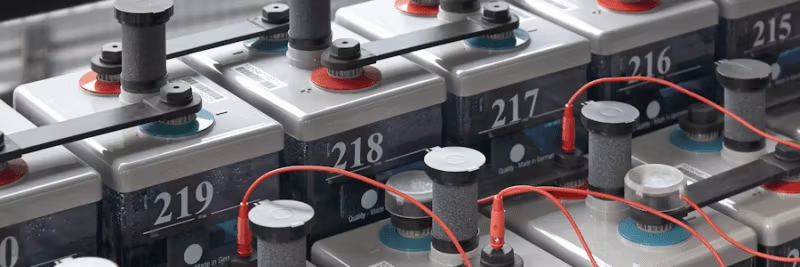Cart
Discount: 0.00 EUR
Discount: 0.00 EUR
Digital Skipper |28/10, 2021

All electronics on board a boat need power, and it usually comes from a battery. Battery requirements vary depending on the boat's size, equipment, and energy needs. Some boats have multiple batteries and battery banks, while smaller boats often manage with a single battery.
Most marine batteries are based on lead-acid technology, where the battery contains lead plates, lead oxide plates, and sulfuric acid as electrolyte. The most common types are:
There are also other battery technologies, such as lithium, but the above are the most commonly used in recreational and commercial shipping.
A battery bank consists of several batteries working together to provide sufficient capacity. Larger boats often have several banks, for example:
Batteries should be installed in a dry, safe, and easily accessible location for maintenance. Important guidelines:
The wire gauge (AWG) depends on current consumption and battery capacity. Follow NMEA standards: